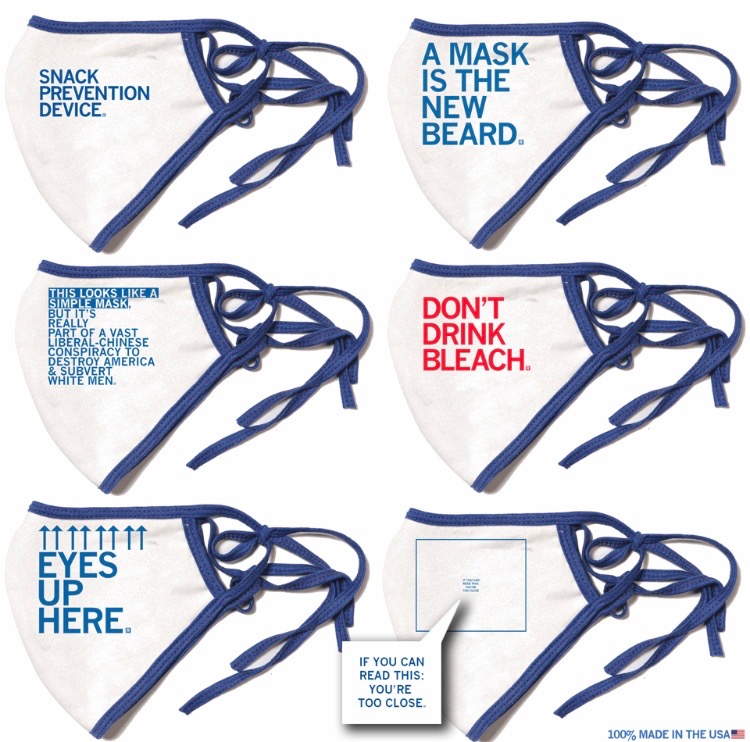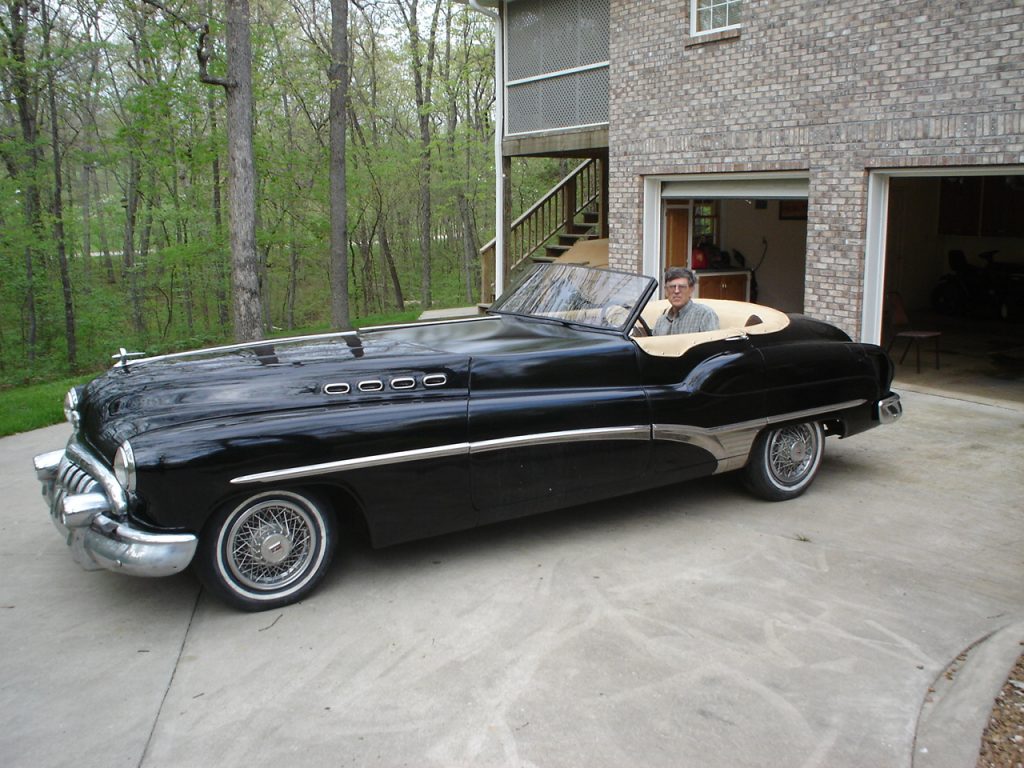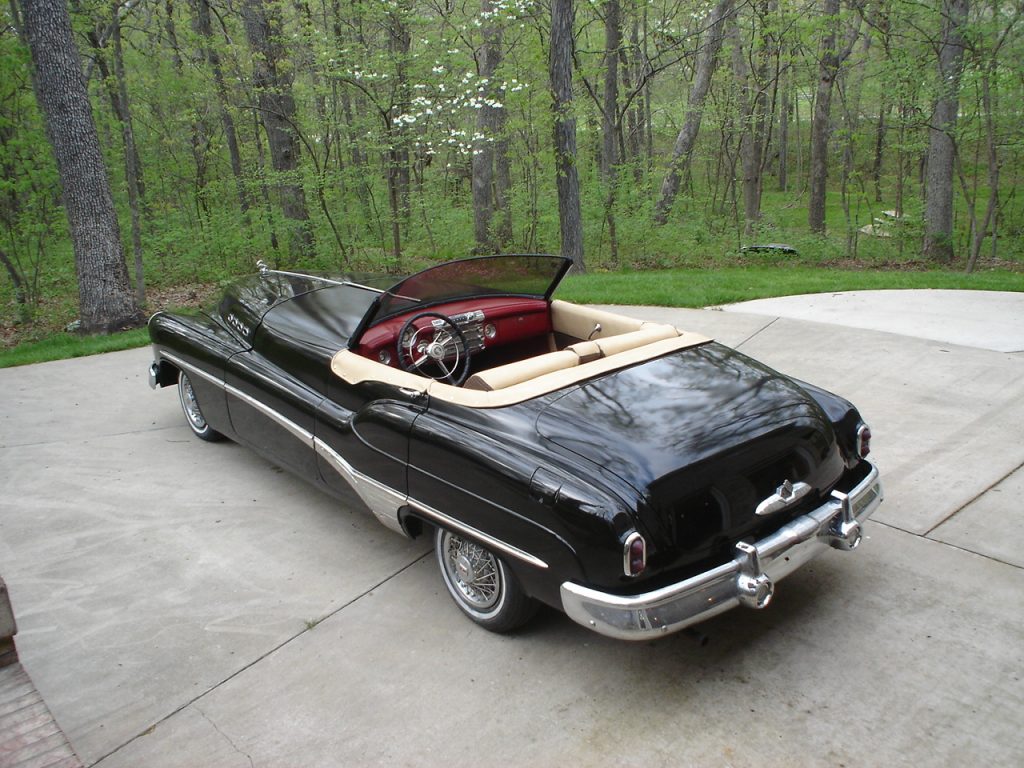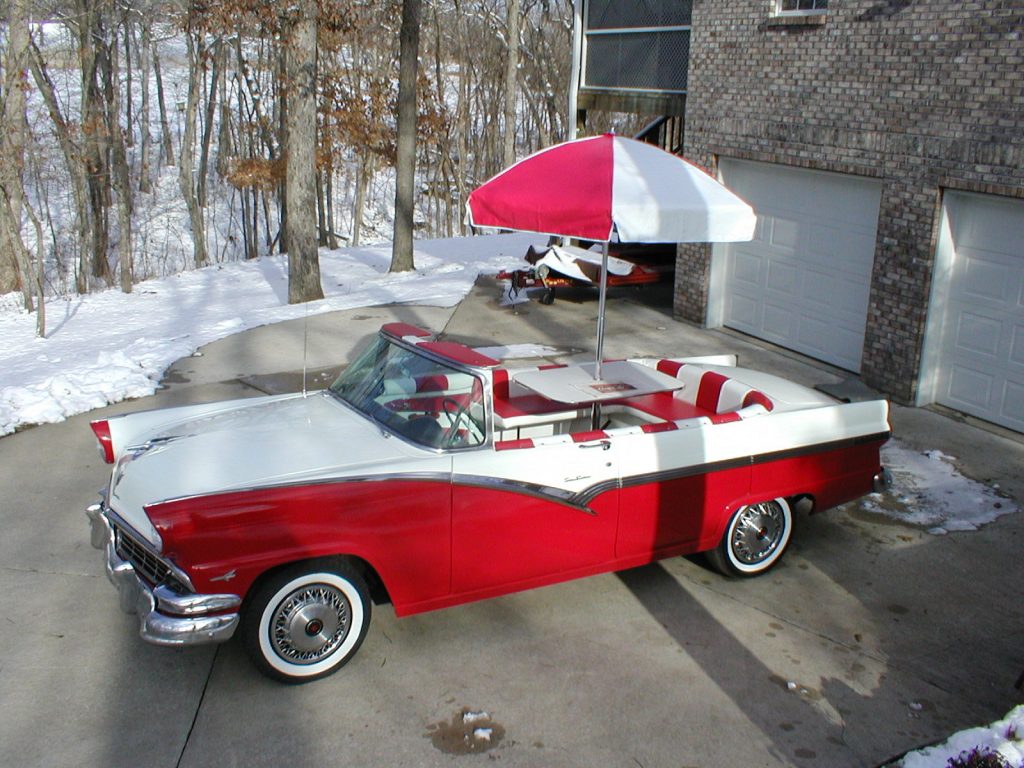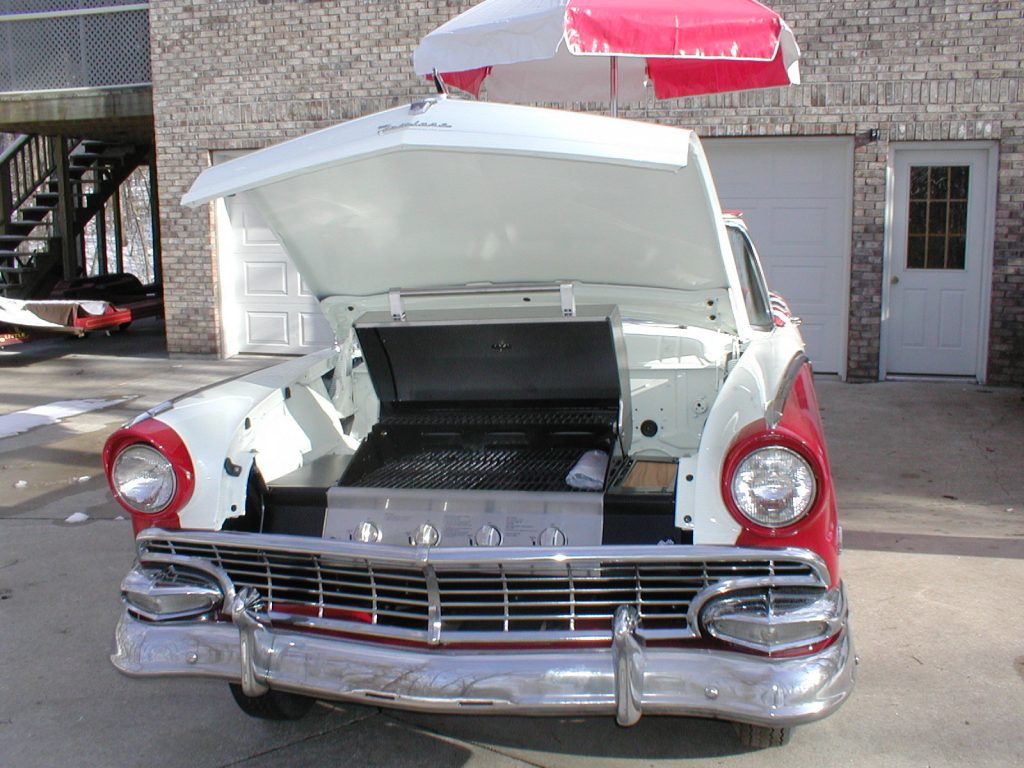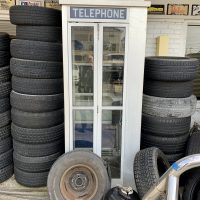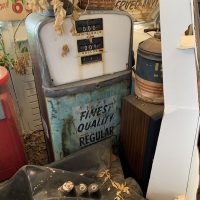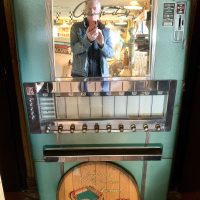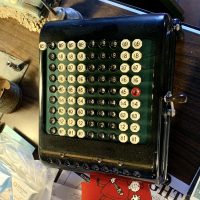Category Archives: Art/Style/Culture
HBO Intro (1983)
Lots of folks reading this weren’t born in 1972 when HBO launched. Hard to explain why it was such a big deal. If you wanted to watch a movie on TV back then, you waited for one of the networks’ “Movie of the Week” or something from a local affiliate. A cable channel that just showed movies (in those days) was a big deal. Met with a lot of skepticism (“Why would you pay for movies when you can get them for free?!”)
In 1983 HBO introduced a new logo that was revolutionary for the time. I share it because one of the people who worked on it (David Bruce) was from my little town. He did the Stargate effect which would be no big deal when computer generated graphics came along but was very cool in 1983.
Mean Motor Scooter
Mr. Wolf reports: “I went to Santa Cruz last night to buy a very cool old motorcycle for a customer; my first social distancing vehicle purchase. A 1963 Puch SGS (aka Allstate). It’s a mechanically interesting bike. A “split single” two stroke. Two pistons going up into one combustion chamber!”

The End of the World
But here in the calm latitudes of this room
I am thinking that the end could be less operatic.
Maybe a black tarpaulin, a kind of boat cover,
could be lowered over the universe one night.
A hand could enter the picture and crumple the cosmos
into a ball of paper and hook it into a waste basket.
A gigantic door might close. A horrible bell could ring.
We could have fire, ice, bang, and whimper all at once.
— Excerpt from one of the poems from The Art of Drowning
Works by Isaac Cordal
Inside Sheryl Crow’s Country Home
If Kennett, Missouri, (my home town) has a claim to fame it’s Sheryl Crow. Says so on the “Welcome to Kennett” signs on each end of town. I’m 14 years older than Ms. Crow so we weren’t in school at the same time. I was more familiar with her folks. They lived just down the street (rectangle) from where I grew up.
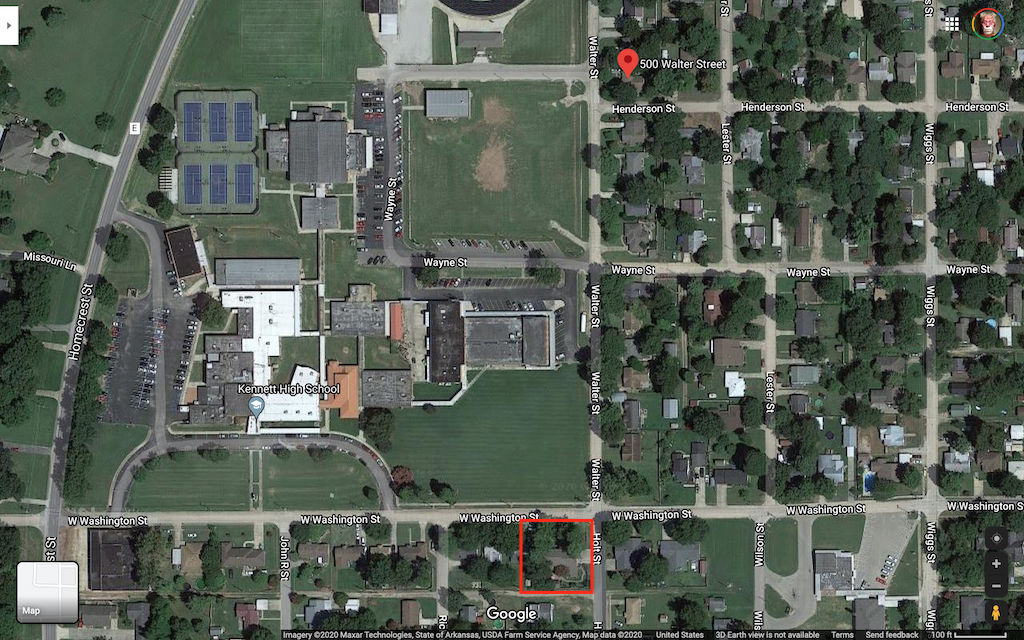
If you liked her before, you’ll love her even more after touring her home.
Portrait of Shame
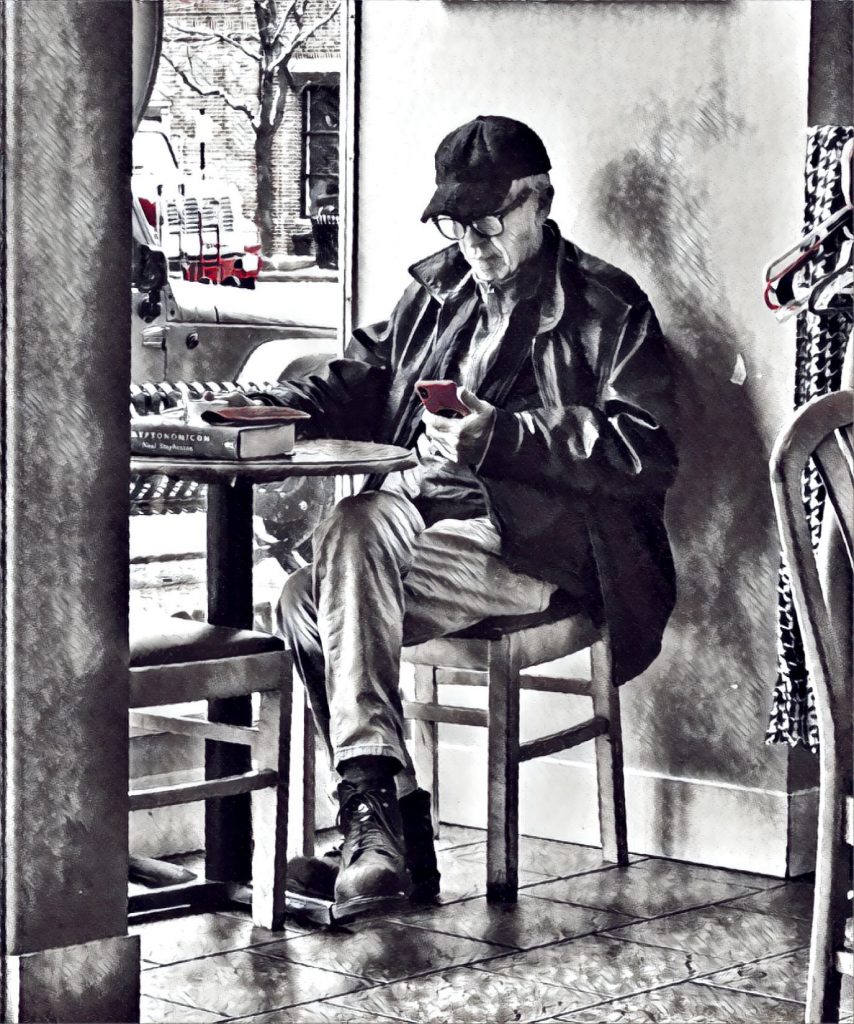 I tend to be a little preachy on the subject of people becoming addicted to their “devices.” I’m keeping this photo (and this one) to remind me to stop that shit. There I sit, with a really good book in front of me, zombied out in my phone.
I tend to be a little preachy on the subject of people becoming addicted to their “devices.” I’m keeping this photo (and this one) to remind me to stop that shit. There I sit, with a really good book in front of me, zombied out in my phone.
Who paints tiny figurines?
Auto Art
Governor Motor Company
I’ve been driving past the Governor Motor Company for decades and always assumed it was just another used car lot. After meeting the owner and getting a look around, I’d call it an art gallery/cultural artifact museum.
More photos here and I’m hoping to persuade the owner, Ricky Mendez, to sit/walk for an interview.


